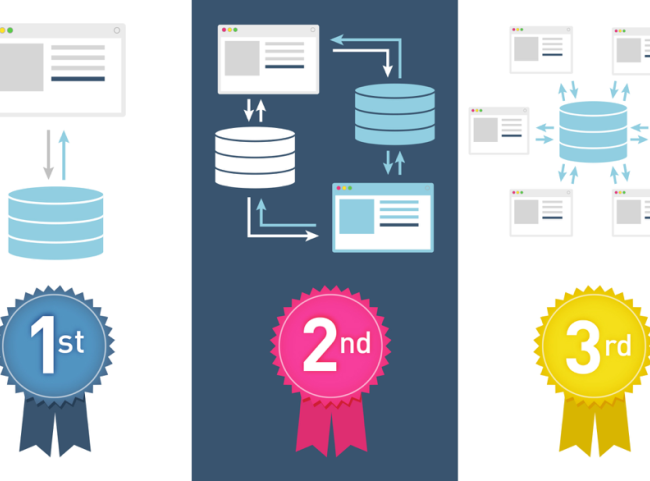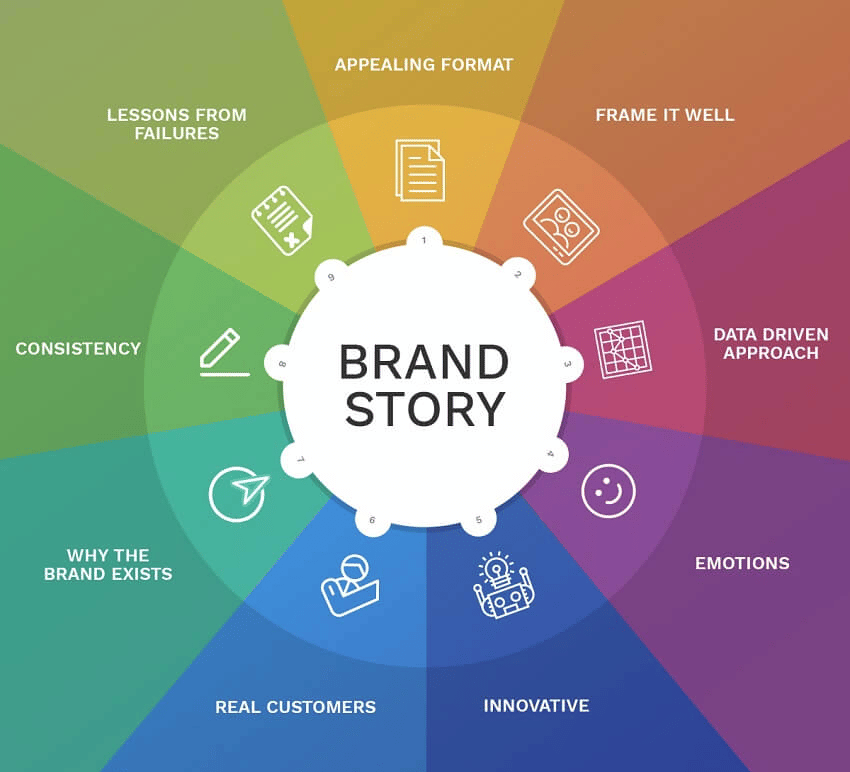Getting your hands on the right data to create effective and precise audience segments is tough.
Unfortunately, there is a lot of sensationalism that tends to surround the three types of data you can use to get audience segmentation right. In this post, we will try to give you the cold hard facts about what you need to know about 1st, 2nd and 3rd party data.
1st party data
Let’s start with first-party data. This is the information you own and collect from your CRM, website, customer feedback, mobile app, in-store beacons, contact center communications, etc. Essentially, it’s all the information you produce.
One of the benefits associated with 1st party data is that you can exercise complete control over how it’s collected, processed, stored, managed and secured. Therefore, you can spot any quality issues.
1st party data also seems to be a favorite among marketers. Econsultancy surveyed 302 marketers working at the management level or higher and found 81 percent of respondents reported strong return on investment by using 1st party data. When asked which advantages they acquired by utilizing 1st party data, study participants noted its free-of-use, unregulated composition and uniqueness.
However, 1st party data isn’t without its limitations. The biggest limitation is reach. For example, your business may collect the purchase habits of all your customers and you can create audience segments based on this. But that might only represent a few thousand users. Plus it is users you already know. While 3rd party data, for instance, could provide the purchase habits of millions of users that have never interacted with your brand.
2nd party data
Adobe defined 2nd party data simply as someone else’s 1st party data. You obtain this information through your business partnerships. Acquiring 2nd second-party data often requires some give and take, according to Chief Marketer contributor Steve Ustaris. This reciprocal relationship is born of long-term relationships with other companies, founded on trust and mutual objectives.
For example, say Ford sold the list of their clients that recently bought the Ford F-150 to Costco. The data that Costco now possesses about Ford F-150 customers would be considered 2nd party data.
Like 1st party data, 2nd party data has its limitations. For one thing, you don’t own the data and you can’t guarantee the quality. Also you have no control over a partner’s data quality assurance processes. Therefore, there’s no possible way to see how the business collected and processed the information. Also, according to Marketing Land, one of the biggest issues is privacy. So going back to the example above, Ford might need to inform its audience that it is selling their information to Costco. Furthermore, just because someone bought a Ford F-150 doesn’t mean they will want to shop at Costco!
3rd party data
3rd party data is essentially, any data collected by an organization that has no direct relationship with you. For example, a 3rd party data provider such as BlueKai and Lotame will have relationships with multiple companies that sell them data. The provider will then make the data anonymous and group the data into different segments. Then you can purchase those different segments such as ‘in-market to purchase a luxury car’. By collecting data from various sources and putting it together, this gives 3rd party data incredible reach.
But the problem with 3rd party data is that you have no visibility as to where it’s coming from. Also you have no idea when the data was collected and how up to date it actually is. For example, a 3rd party data provider could have bought a dataset of in-market purchasers from Porsche in the last 3 months and now some of those users are no longer in-market for a luxury car. But equally, a 3rd party provider could get data that is only a couple of days old. You just don’t know. It’s like a black-box of data.
To help you select the right type of data for your marketing campaigns the below graph shows where 1st, 2nd and 3rd party data fit in terms of data quality and reach.
Are there any other types of data?
The short answer is sort of. For example, some 3rd party data providers are taking 1st party CRM data and using look-a-like modelling to find similar audiences to the CRM data in their 3rd party data.
Smarketing Cloud on the other hand has developed Audience Solutions that asks less than 1 percent of your visitors for feedback. We then take this 1st party feedback data and use our sophisticated recognition technology to accurately segment all your visitors that arrive on your site.
This means you can push new and unique segments that are derived from visitor feedback like ‘shoppers who are at risk of not making a purchase’, ‘shoppers looking to make a purchase in the next 30 days’, etc.
Not all data is equal and selecting the right data is critical. So whether you are using 1st, 2nd or 3rd party data or a mixture, it is essential to understand the difference and how each will impact the effectiveness of your marketing campaigns.










